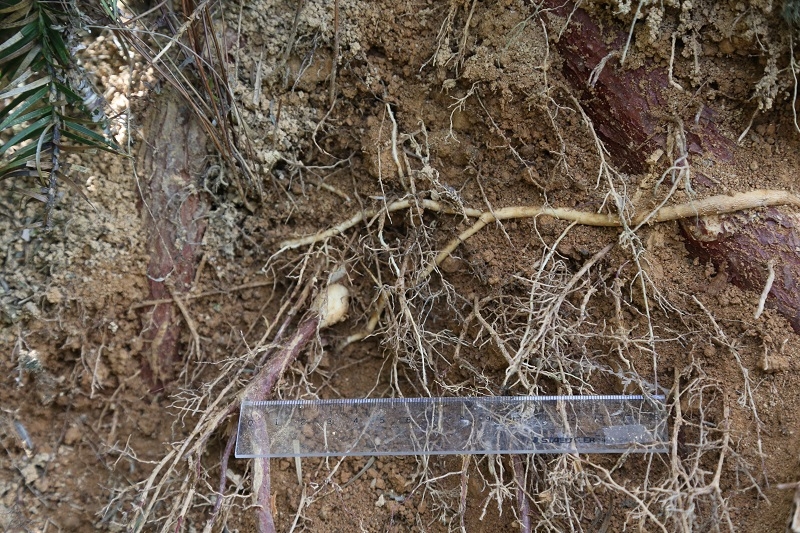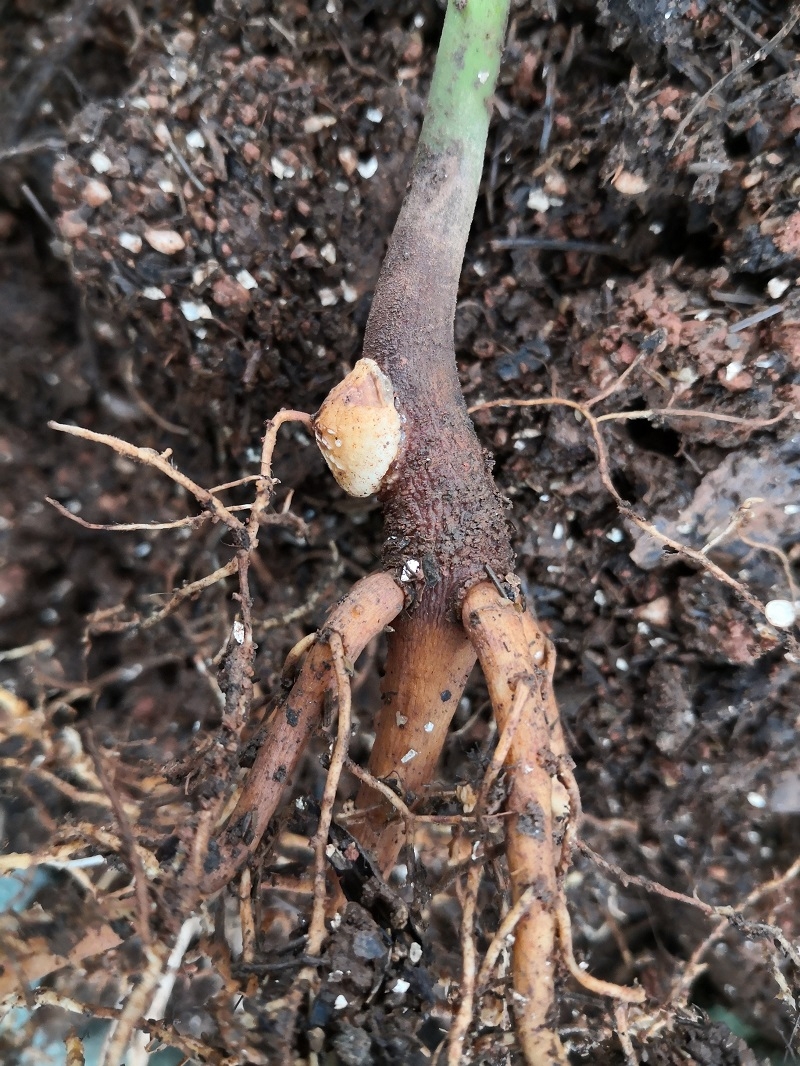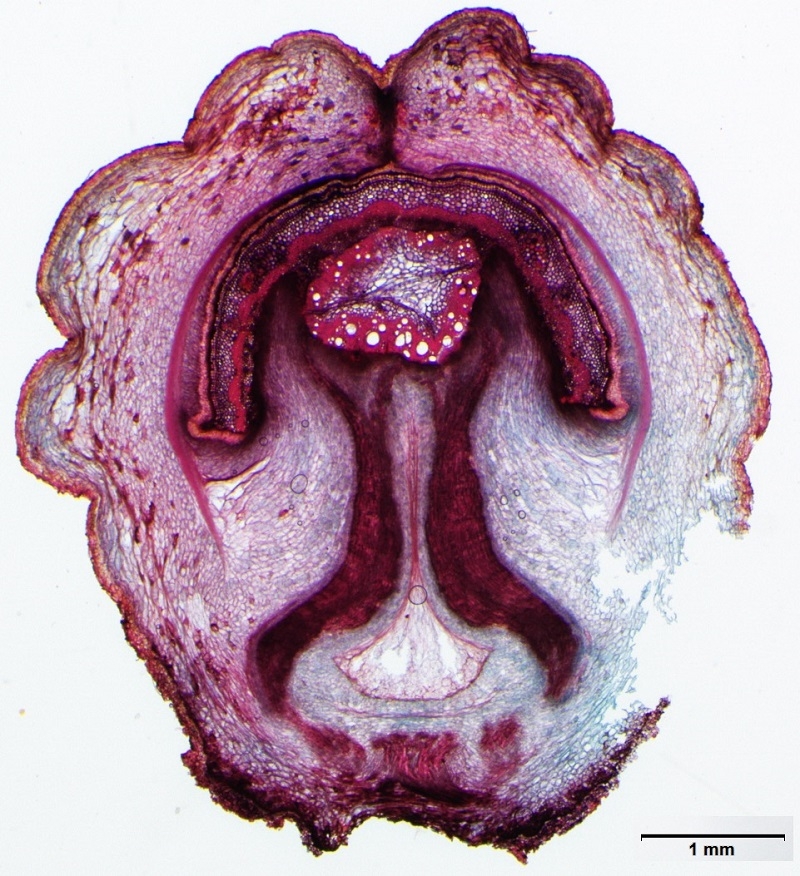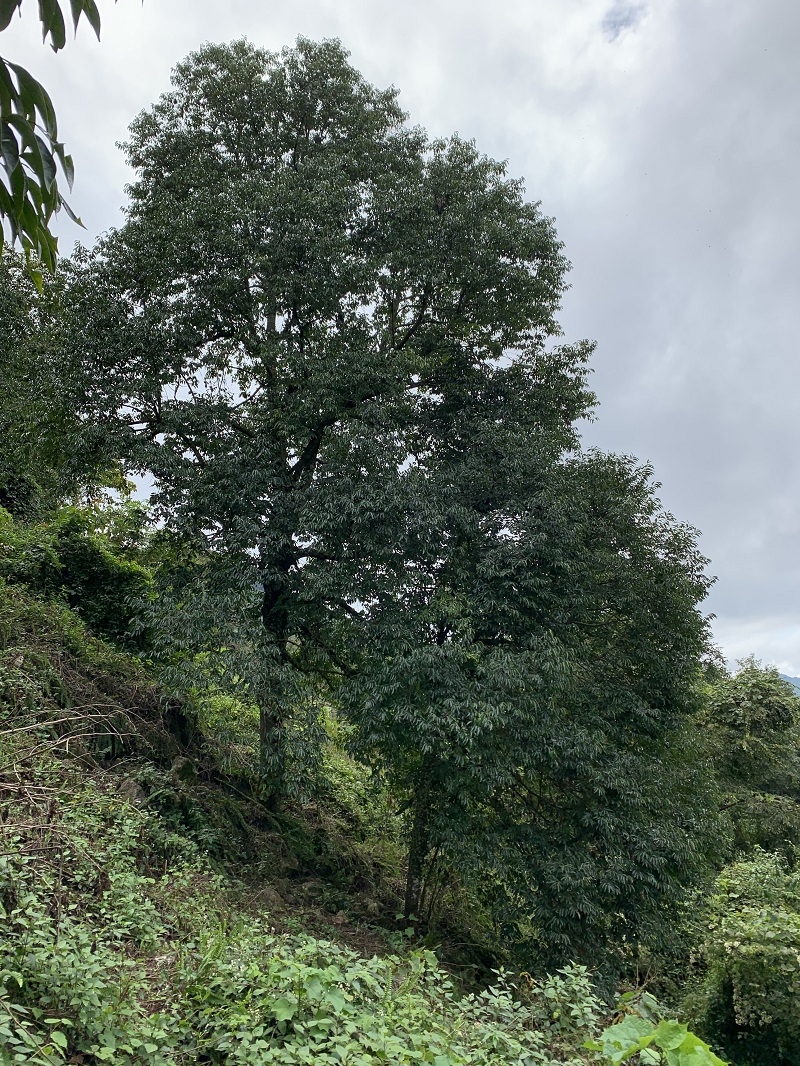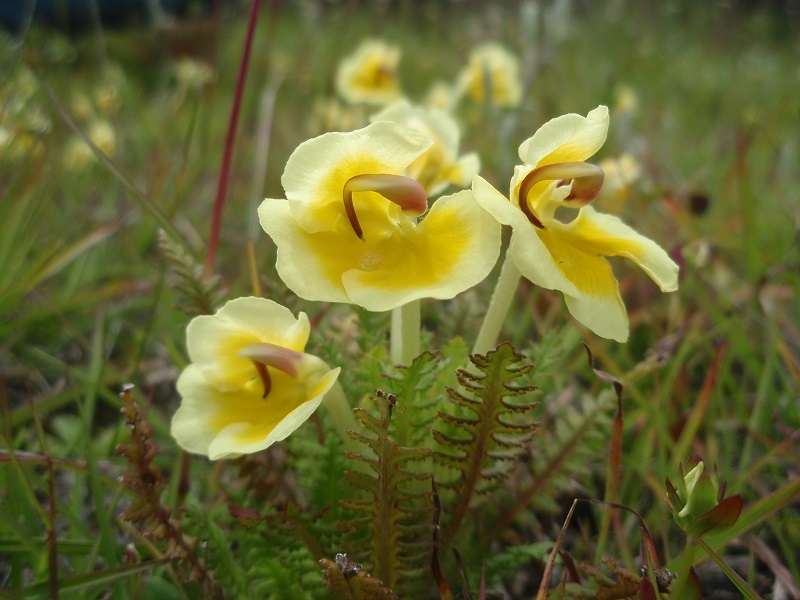We explore root traits of different plant functional groups and rhizosphere processes that influence resource acquisition, with an overall research focus on understanding the ecological, physiological, and genetic basis of interactions between root hemiparasitic plants and their biotic (host plants, soil microorganisms, etc.) as well as abiotic environments.
Root hemiparasitic plants are ubiquitous components in many terrestrial ecosystems worldwide, having significant effects on productivity, biodiversity, and stability of the ecosystems where they occur. There are both useful resource plants and notorious weeds in root hemiparasitic plants. Research on this plant group is therefore of considerable importance for the great challenges confronting mankind: how to sustainably utilize root hemiparasitic plants without causing undesired problems. Since establishment of parasitism by root hemiparasitic plants occur belowground, a better understanding of the rhizosphere processes and relevant regulation mechanisms is essential for reasonable utilization and management of these plants.

